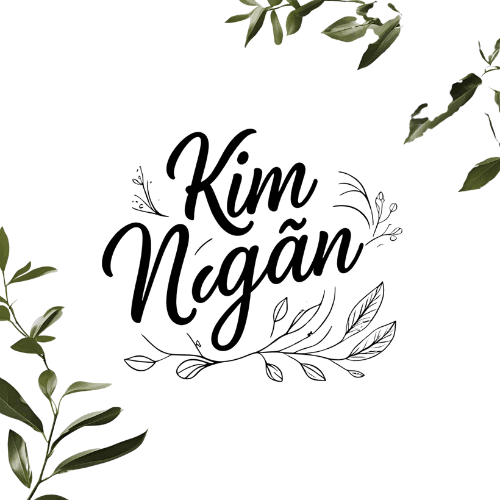Phú Quốc – Where the Sea Knows When to Be Quiet
Phú Quốc – Where the Sea Knows When to Be Quiet
Phú Quốc isn't always sunshine and selfies. Sometimes, it's a quiet shoreline, a breeze that remembers you, and a sea that speaks only when you're ready to listen.
Most people come to Phú Quốc chasing sunsets.
And it’s easy to see why.
They’re cinematic — bold orange streaks, the kind that make you reach for your phone.
But for me, the island lives in the hours before and after the glow.
When the sea is still. When voices are soft.
When Phú Quốc lets you hear the quiet part of yourself.
Where the Sea Doesn’t Shout, Just Waits
We arrived just after a rain.
The streets were glossy, and the sand smelled of wet leaves. No crowds. No music. Just the soft shuffle of waves pulling themselves back.
At a small beach near Gành Dầu, an old fisherman sat repairing his net. He didn’t look up, didn’t speak. But somehow, his presence filled the whole shore.
The sea didn’t sparkle that day. It was grey, thoughtful.
And so were we.
Mornings Without Rush, Even the Sun Rises Gently
One morning, we skipped the sunrise tour.
Instead, we walked to a quiet bay where boats were anchored like sleeping birds. A woman offered us cháo cá with fresh herbs, served in chipped bowls that had clearly lived many lives.
We sat on low plastic stools, barefoot in the sand, watching fishermen laugh as they unloaded squid into blue buckets. A child ran by with a kite made from banana leaves.
Nothing grand. But everything real.
In the Market, the Island Breathes
The Dương Đông market isn't romantic. It’s raw. Fish scales on the floor. Voices sharp. But in between the noise, there’s kindness — a vendor peeling mango for a child, a hand reaching out to offer you a taste before you even ask.
This is where Phú Quốc shows you what living close to the sea really means.
Not just seafood, but stories. Not just souvenirs, but daily lives.
If You Come to Phú Quốc, Don’t Just Chase the Sunset
Swim. But also sit.
Take the photo. But then put the camera down.
Order the grilled squid. But also ask where it came from.
Because sometimes, what stays with you isn’t what you captured — but what you felt when the wind shifted.
Let the island speak in its own rhythm, and it will tell you things no travel guide ever could.
🌿 Practical Notes
Best time to visit: November to March (dry season, calm sea).
Avoid: Crowded beaches mid-day — head north or to secluded southern shores for stillness.
Must-try dishes: grilled sea urchin, cá sòng nướng, herring salad (gỏi cá trích), cháo nhum.
With sea salt in her breath and silence in her steps,
Kim Ngân – storyteller of slow journeys
→ End of series:
This marks the final piece in our City by City – Vietnam in Quiet Details series.
Thank you for walking with me — from lantern-lit Hội An to limestone Ninh Bình, from rainy Huế to reflective Phú Quốc.
May your journeys be as gentle as the stories we’ve shared.
